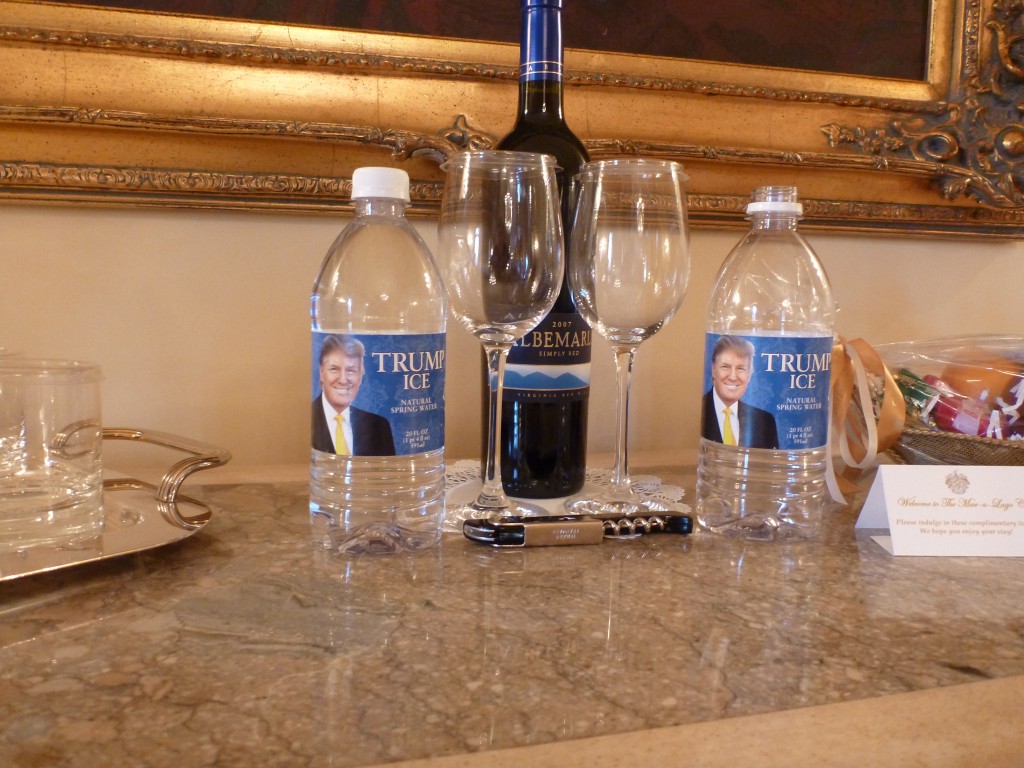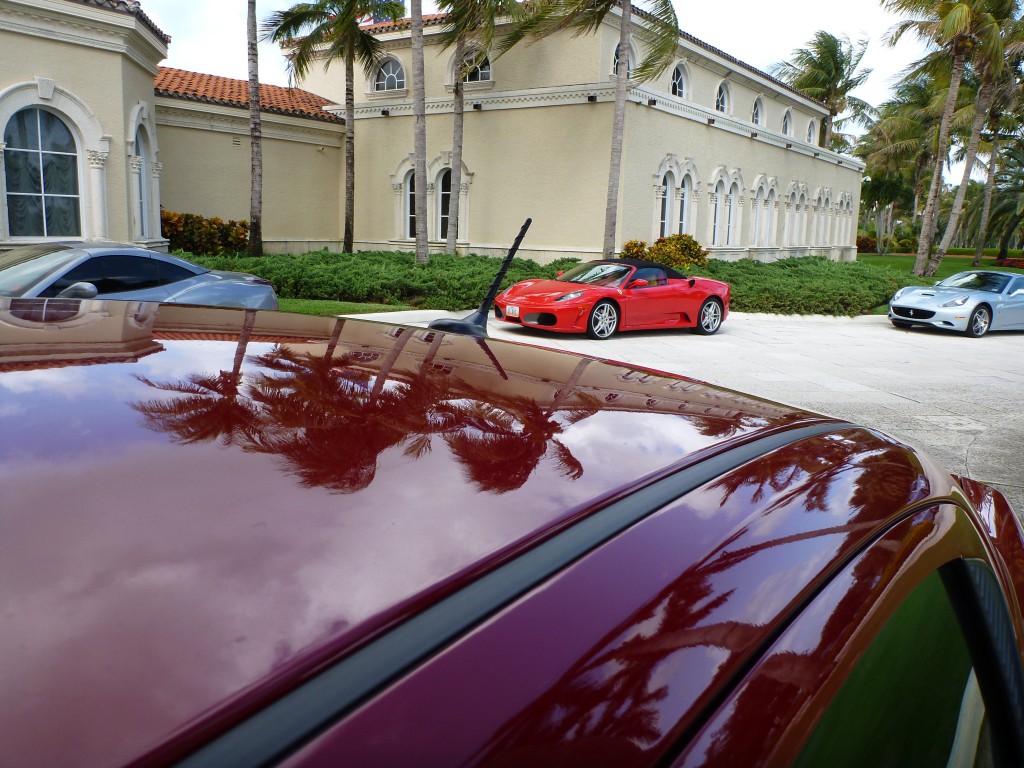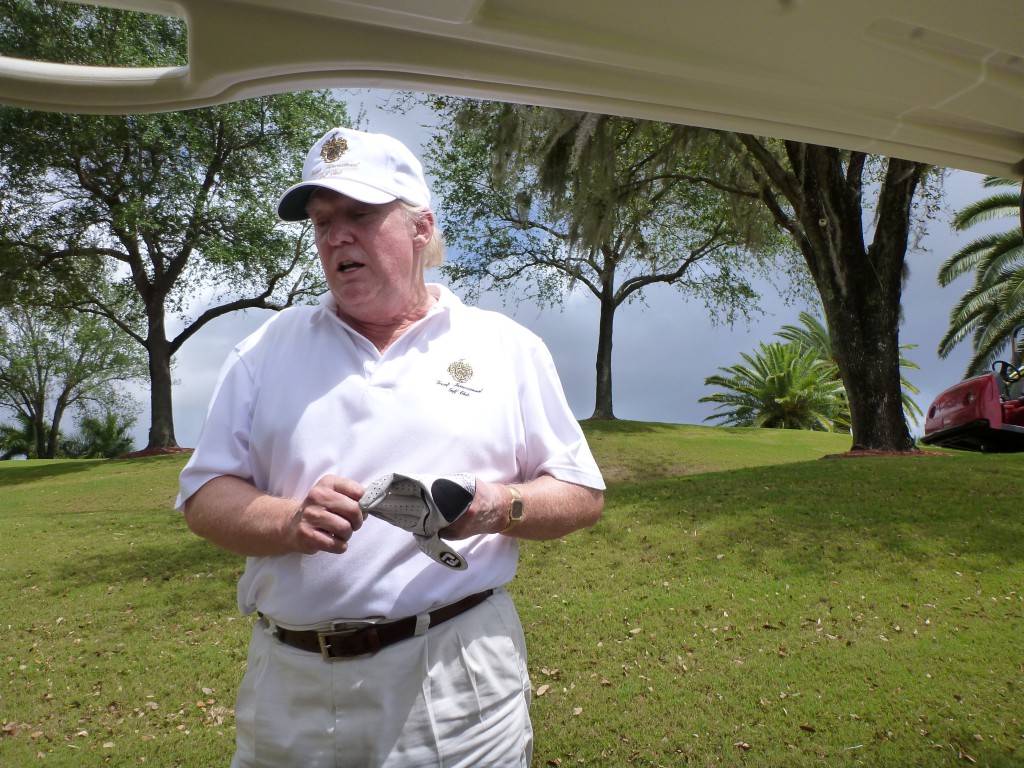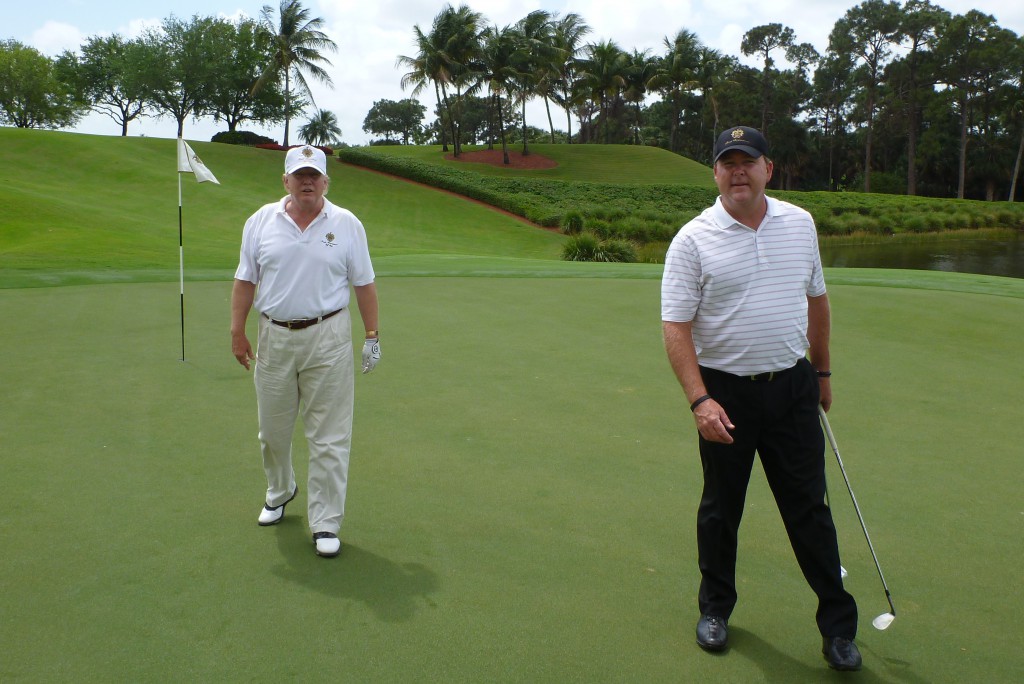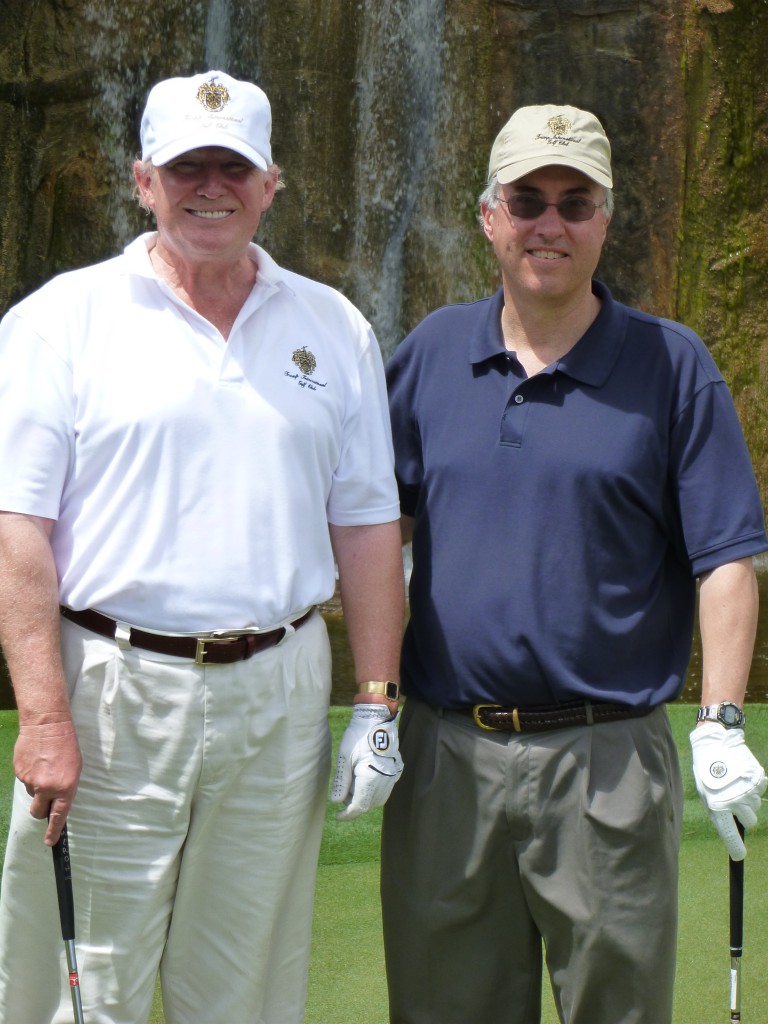
http://midequalitygroup.co.uk/events/list/?tribe-bar-date=2027-11-17 Donald T. and David O. in front of the waterfall at Trump International Golf Club, West Palm Beach, Florida, March, 2012.
For the July issue of Golf Digest, I wrote an article about Donald Trump and his newest golf course, Trump International Golf Links, near Aberdeen, Scotland. Back in March, Trump and I played a round at his course in Palm Beach (photo above), and I spent one night at Mar-a-Lago, which Trump saved from demolition in the 1980s and now operates as a private club (photo of in-room amenities below).
Trump is unimpressed by golf courses he doesn’t own, especially when he compares them with his Scottish course (which will open next week). “I know Bandon Dunes,” he told me over lunch. “The biggest dune there is like one tenth the size of our smallest dune. It’s a toy. And they get such great reviews. Every one of my courses is, like, amazing.”
Trump’s courses really are amazing; the one in Bedminster, New Jersey, was recently chosen by the U.S.G.A. to host the 2017 U.S. Women’s Open, and the others are stand-outs, too, although they aren’t necessarily as great as he says they are. A few years ago, he bought a bankrupt course in southern New Jersey, called Pine Hill, and turned it into Trump National Golf Club Philadelphia (it’s just over the state line from Pennsylvania). According to him, it should probably be considered the best course in the world (other than his course in Scotland).
“It’s a better course than Pine Valley,” he told me, “because it has much better elevation. And I love Pine Valley, but this course is better. Now, it will never be judged better, because nobody will ever give me the fair shake of doing that. But that’s OK. It’s a better course than Pine Valley—and the Pine Valley people say that, too, although they won’t say it publicly. Two of them came over to me and said, ‘Mr. Trump, this is better than Pine Valley, but please don’t ever quote me.'”
Trump’s courses, wherever they are, do often have cool cars parked in front of them:
Automobile arrangements like that don’t happen by accident. When I told the parking attendant I didn’t think I’d ever seen three Ferraris in a row, he said the boss had told him to be sure I noticed.
In the photo above, Trump’s hair is hidden by his hat, which he didn’t take off during golf or at lunch, but I got to study it over dinner that night, at Mar-a-Lago. From straight on—which is presumably how he sees it in a mirror—it looks almost normal, but if you get any kind of an angle on it you can tell how structurally complex it is. And he must do it himself, because his wife wasn’t with him and I don’t think he was traveling with a hairdresser. I was impressed.
Off the record, I had a swell time hanging around with Trump. (Trump uses “off the record” not to protect confidences but to give emphasis to public knowledge he hopes you’ll quote—as in, “Off the record, I took down the trees and made the front page of the Washington Post four days in a row”—and I’m going to start doing that, too.) He’s a little exhausting to be with, because his only real topic of conversation is himself, but he doesn’t make you feel nervous or inferior, the way so many billionaires seem to do nowadays.
He’s also accessible. A decade ago, I wrote a long article for The New Yorker about concrete, and in it I quoted him at some length, since he built the first concrete office building in New York and knows a lot about the subject—although he was sometimes hard to understand because during our entire telephone conversation he was eating an apple. But he took my call, and he had interesting things to say.

